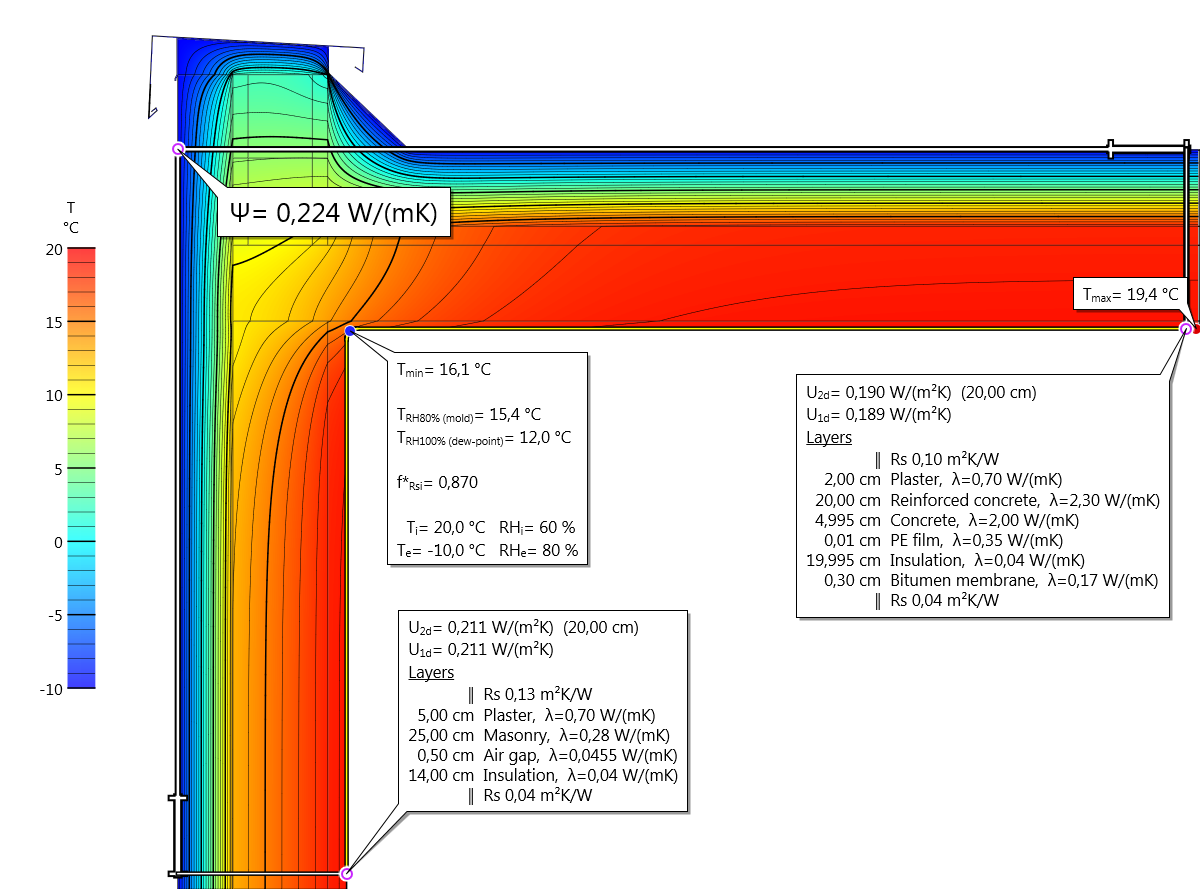The Ultimate Guide to Cold Bridging Insulation: Combat Energy Loss and Protect Your Home
In the quest for energy efficiency and comfort in our homes, one often overlooked aspect is cold bridging insulation. Cold bridging occurs when there is a break in the thermal envelope of a building, allowing heat to escape and cold to enter. This phenomenon can lead to increased energy bills, discomfort, and even structural issues over time. Understanding and implementing effective cold bridging insulation can significantly enhance the energy efficiency of your home. This guide will discuss what cold bridging is, its impact on energy efficiency, and some of the insulation solutions available to mitigate it.
Stop Cold in Its Tracks! Call Zavza Seal at (631)980-1800 for Expert Insulation Solutions in Long Island Backed by Industry-Leading Warranties!

What Is Cold Bridging Insulation and Why Does It Matter?
Cold bridging (also known as thermal bridging) occurs when there is a break or weakness in a building’s insulation envelope, often found in areas like window frames, junctions between walls and floors, and structural elements like steel or concrete. These gaps allow heat to escape and cold to seep in, creating several issues:
- Energy Loss: Your heating system has to work harder to compensate for the lost warmth, driving up energy bills.
- Condensation: The drop in temperature around cold bridges can lead to condensation, which fosters mold and dampness.
- Comfort Issues: Uneven temperatures in your living space can make it harder to maintain a comfortable environment.
Understanding these challenges is the first step in addressing cold bridging effectively.
How to Identify Cold Bridging in Your Home
Identifying cold bridging can be challenging, but there are several signs to look for:
- Cold Spots: Areas in your home that feel significantly colder than others may indicate a cold bridge.
- Condensation: If you notice moisture buildup on walls or windows, it could be a sign of thermal bridging.
- Mold Growth: Persistent mold issues can arise from inadequate insulation and cold bridging.
- High Energy Bills: If your heating costs are unusually high, it may be time to investigate potential cold bridges.
Cold Bridging Insulation Solutions
There are several ways to tackle cold bridging, ensuring a more energy-efficient and comfortable home:
- Continuous Insulation: Using insulation materials without breaks ensures a thermal envelope. Examples include rigid foam boards or spray foam.
- Thermal Breaks: Installing materials like high-performance insulators between conductive elements (e.g., steel beams) significantly reduces heat transfer.
- Insulated Window and Door Frames: Modern windows with thermal breaks and double or triple glazing offer superior thermal resistance.
- Moisture Barriers: Adding moisture barriers in tandem with insulation combats condensation-related issues.
- Retrofitting: Existing structures can benefit from retrofitted solutions like insulating boards or upgraded materials to address gaps and bridges.
Implementing Cold Bridging Insulation
Once you’ve identified areas of cold bridging, the next step is to implement insulation solutions. Here are some strategies to consider:
1. Insulate Walls and Ceilings
Adding insulation to walls and ceilings can significantly reduce heat loss. Consider using rigid foam board or spray foam insulation for maximum effectiveness.
2. Seal Gaps and Cracks
Use caulk or spray foam to seal any gaps or cracks around windows, doors, and other openings. This will help create a more airtight seal and reduce cold bridging.
3. Upgrade Windows and Doors
Investing in energy-efficient windows and doors can greatly reduce cold bridging. Look for products with low U-values and good thermal performance.
4. Consult a Professional
If you’re unsure about how to address cold bridging in your home, consider consulting a professional. They can conduct a thorough energy audit and recommend the best insulation solutions for your specific needs.
Benefits of Cold Bridging Insulation
Implementing cold bridging insulation offers numerous benefits:
- Improved Energy Efficiency: A well-insulated home requires less energy for heating and cooling, leading to lower utility bills.
- Enhanced Comfort: Maintaining a consistent indoor temperature creates a more comfortable living environment.
- Increased Property Value: Energy-efficient homes are often more attractive to buyers, potentially increasing your property’s value.
- Environmental Impact: Reducing energy consumption contributes to a smaller carbon footprint, benefiting the environment.
Is Cold Bridging Insulation Worth It?
Is Cold Bridging Insulation Worth It? Investing in insulation solutions to combat cold bridging is a cost-effective way to enhance your home’s energy efficiency and durability. By addressing these thermal weak points, homeowners can enjoy a more comfortable, sustainable, and healthier living environment. At Zavza Seal, we proudly serve Long Island, Brooklyn, Queens, and The Bronx, offering industry-leading warranties and unwavering dedication to excellence. Trust our team to provide tailored solutions for your insulation needs.
Take Control of Your Home’s Efficiency – Upgrade Your Insulation Today! Call Zavza Seal at (631)980-1800 for a Free Professional Assessment!








